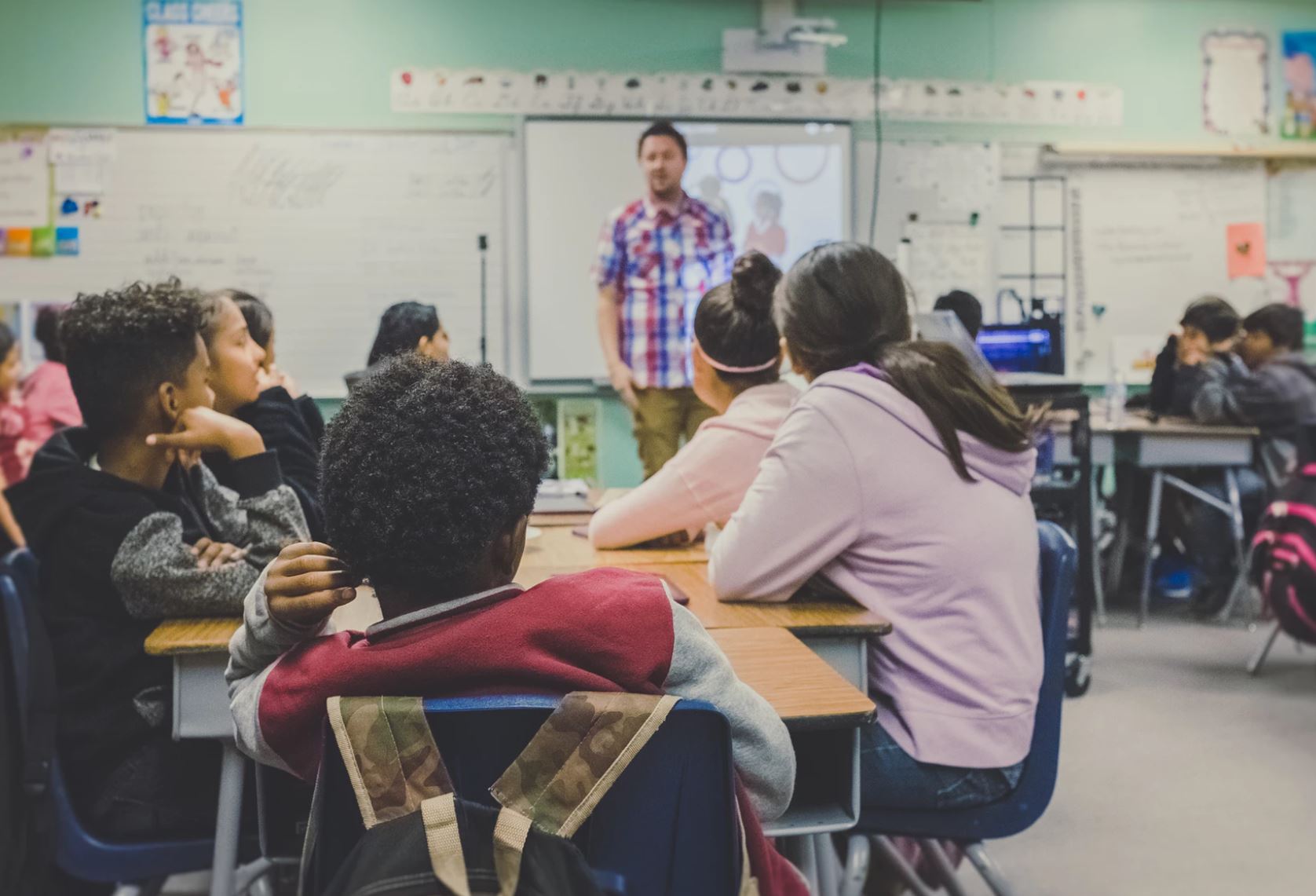How to ace that TEFL observation class
As if the stress of lesson planning and prepping your intros, outlining teaching goals and marking those exams isn’t enough, some schools will throw a curve ball into the mix now and then. Beware the dreaded TEFL observation class. It’s a time when the powers that be – your head of school, the higher ups, the curriculum master – decides they’d like to quality test what’s going on in their classrooms. For a session or two, you’ll be watched and weighed up, marked and analyzed. But, never fear: There are ways to ace any TEFL observation class, and turn all that extra pressure into nothing at all…

Look respectable
When there isn’t someone peering in on your lessons, it’s often possible to wear whatever makes you feel comfortable – short of a tutu or a giant banana costume and the like. But when it is observation time, things take a turn for the serious. Or, at least, that’s how it should be. So, dust down that shirt and tie, pull out the suave outfit. Looking the part can go a long way to showing that you’re professional and mean business.
Plan. Plan. Plan
It’s a good idea to focus heavily on the lesson-planning stage when it comes to TEFL observation classes. You might not normally give a single session such a high level of attention, but don’t worry about that. The real point here is that you’re showing what you can do; not what you usually do (at least from your point of view). Have activities set out in clear order, with clear time limits, and clear aims. Move between them swiftly and stick to your structure. And don’t worry if that’s not how you teach every day, because most schools will hope for you to add a little more fluency and conversation when you’re not being watched.

Set out clear learning goals
One thing that lesson observers love to see is crystal-clear learning aims. Good practice is outlining aims right at the top of the class, either before or after your lead-in activity. Some of the more creative teachers are confident enough to elicit learning goals from their students, which is especially powerful in mixed-ability classes. However, you’ll do just fine with a common target for all, so long as it’s sufficiently simple and understandable – a new selection of vocabulary, for example, or practice in a particular tense.
Always have backup activities
Every veteran teacher knows that things can get hectic during lessons. You have to remember that a TEFL observation lesson is you, the observers themselves, and a whole group of what could be fidgeting Thai kids or restless Chinese learners. The upshot? You’ll need to be on point with those backup activities and exercises. If something doesn’t go to plan and you find a solution in a jiffy, you won’t lose points. If something doesn’t go to plan and you’ve got nothing in the magic hat, expect to be marked down.

Don’t be adventurous in TEFL observation classes
If you’re mulling over a new piece of tech or using a totally different teaching style, our advice is don’t attempt it for the first time in a TEFL observation class. That’s asking for it. Not only could you encounter unforeseen issues with the whiteboard, the cables, the system – you name it – but something you’re not sure of could fall flat on its face. In short: You’ll want to choose a type of lesson format that you know plays to your strengths.
Format and proof that plan accordingly
One of the crucial aspects of a TEFL observation lesson is the fact that you have to submit your plan in writing to your higher ups before getting started. So, no rushed outlines of lessons here, please. No shorthand or rune-written directions that only you can understand. Keep it simple, keep it clean, keep it easy to interpret. And, above all, be sure that you proofread the whole document before sending it over – woe to the teacher who makes a written grammar error.
The tips above are there to help you survive and ace that TEFL observation class. If you’d like to add anything, be sure to hit up the comments below. Alternatively, if it’s time to get in the classroom, be why not head over to our courses page and take a look at what’s on offer?

